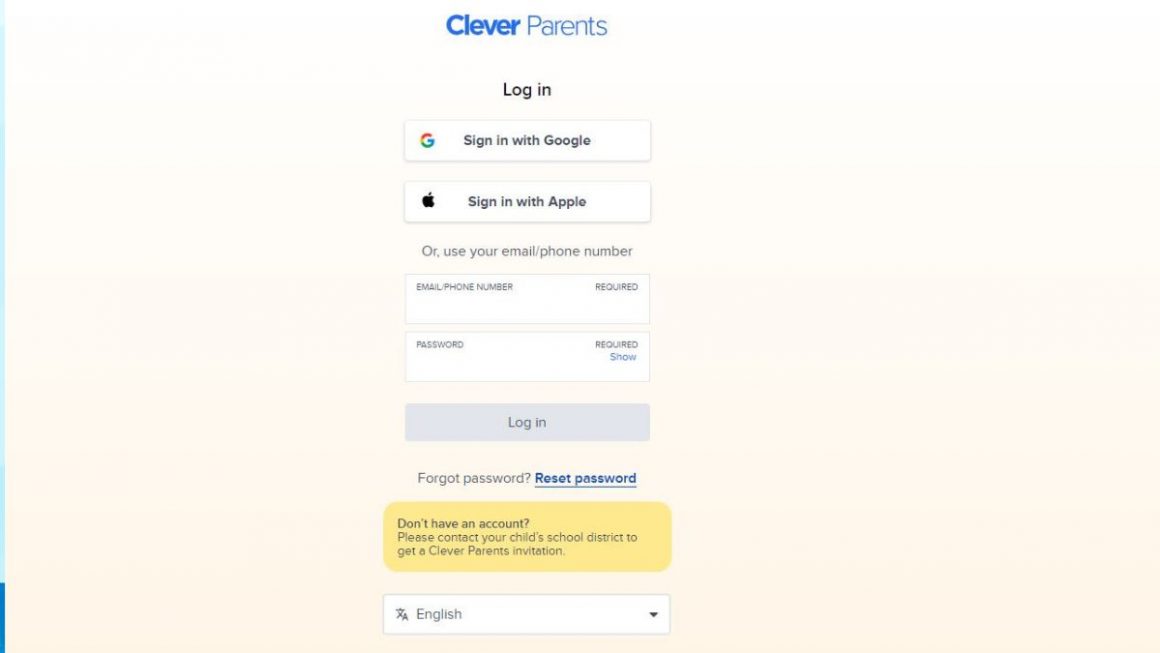Are you getting started with Arabic or want to learn the language? You might ask, is the Arabic alphabet difficult to learn? The answer to this question depends on various factors. Some are intrinsic to the language, while others hinge on the learner’s native language. Different studies have varying suggestions on how challenging it is to learn the Arabic alphabet, especially for native English speakers, and it’s safe to say there isn’t an absolute answer.
Why Many Perceive Arabic Alphabet Learning to be Difficult
Some aspects of alphabet learning, such as unfamiliar sounds, may make it hard for anyone studying a new language. It’s easier if the alphabet you intend to learn has many similarities to your native language. English speakers have problems with the Arabic dialect because they are different from theirs. Here are some of the unique characteristics:
The Writing System
If your native language uses the Latin alphabet, you may find Arabic letters confusing because they don’t have lowercase and uppercase letters. Every letter takes a different form depending on where it occurs in a word, including:
- At the beginning (Initial)
- In the middle (Medial)
- At the end (Final)
- All by self (Isolated)
When writing Arabic, all letters are in script/cursive form. This means there’s a connection between all the letters and they flow from one to the next. These various shapes are essential for the connection to occur.
The Majority of Letters Represent Consonants
Most of the 28 letters in the Arabic alphabet represent consonants. In particular contexts, three letters can stand for long vowels. Most letters appear with similar shapes in groups of three or two. The placement and presence of small dots below or above the letter’s basic structure are what differentiates them.
Presence of Non-Native Letters
These don’t comprise the 28 Arabic letters but are used widely. They include short vowel markers and variant spellings of shape-lifting consonants. The letters are vital for correct pronunciation and writing foreign labels, names and letters.
Writing Arabic is Right to Left
This is one of the most significant differences between Arabic and Latin alphabets. While it can be intimidating at first for a new learner, you’re good to go once you get the hang of it. Writing right to left is unknown to most people, but practice and time are all it takes to get used. While the writing is right to left, the reading style follows that of most languages.
How Can Online Learning Make It Easier to Grasp the Arabic Alphabet?
While the time it takes to learn the Arabic alphabet depends on the student, a competent online platform can offer you essential materials to make the process much faster. Reliable online classes are practical and make it more convenient for anyone looking to master the Arabic alphabet.
Look for customized lessons to ensure you can study in your comfort zone. This allows you to learn at a pace that suits your understanding. Picking up elements of a new language requires time and dedication, and a user-friendly online learning platform allows you to do so.
You’ll access a bite-sized information approach to teaching the Arabic alphabet, allowing you to understand and embrace the difference for an exciting learning experience. If you want to enhance the process, here are helpful tips:
Practice Writing Arabic
The first thing you need when learning a new language is to practice writing. Start with the Arabic alphabet and ensure comfort before advancing. Arabic may appear complicated for a beginner, so start with individual letters, and you’ll gain a better understanding.
Once you master individual letters, move to write words. This will force you to grasp the letter shapes, improve your understanding and learn the Arabic alphabet quicker.
Practice Reading Arabic
Reading is a critical part of learning a new language, and it will enhance your understanding of how the Arabic alphabet works. There are many Arabic articles you can read to refine your learning process.
While you may not comprehend everything when reading, the essential part is familiarizing yourself with the alphabet. This will ensure a solid starting before you advance to complicated subjects.
Reverse Engineer Arabic Words
This involves taking an Arabic word and breaking it into individual letters. Remember, Arabic letters are written in cursive and change shape depending on where they occur in a word.
If this sounds confusing, don’t get discouraged because you’ll achieve proficiency with practice. Take time to practice each letter shape and build muscle memory to allow you to write without thinking about it. Once you grasp the letters, start writing words, and soon you’ll be a pro.
The Bottom Line
Learning the is not as difficult as some people perceive. You can do it much faster if you have the necessary materials. Reputable Arabic online learning courses make the process seamless by offering top-notch lessons for all learners.












